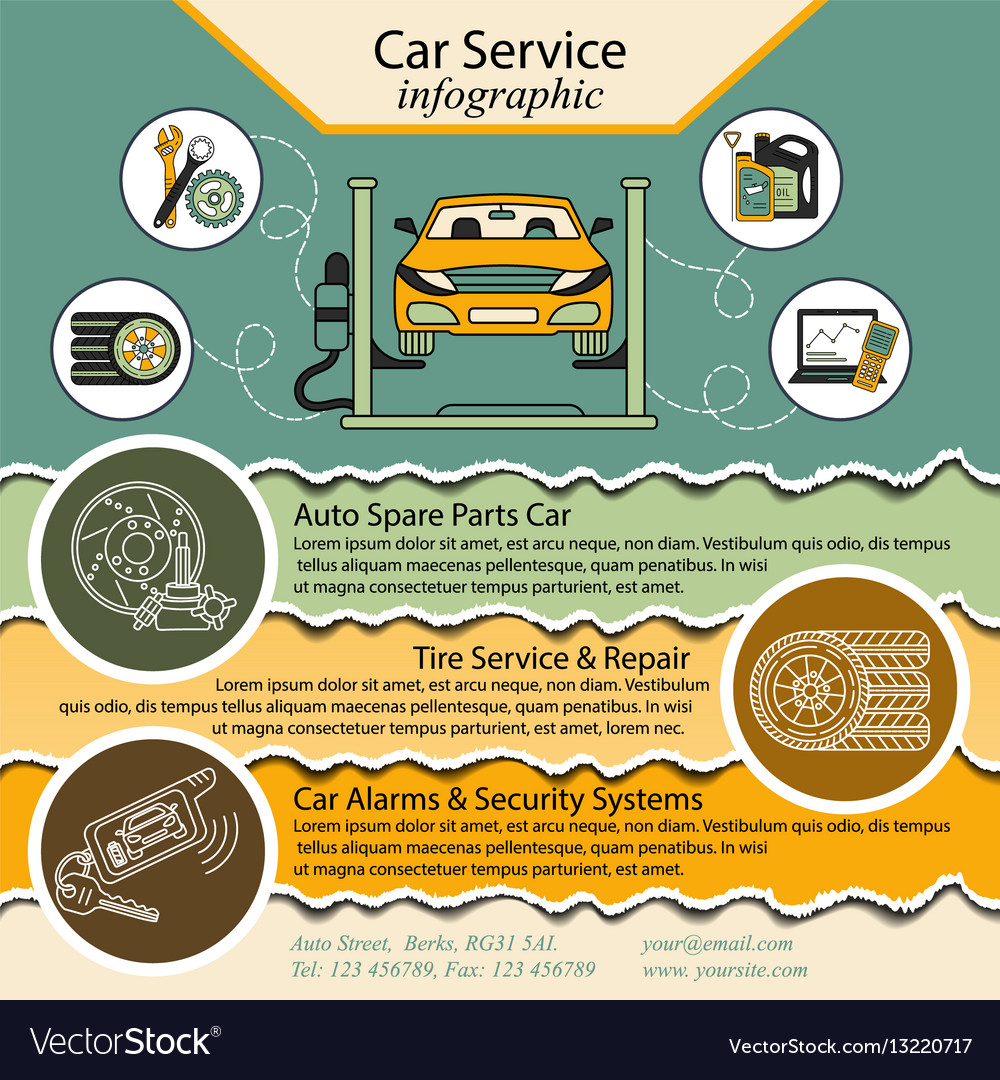Comprehending Your Automobile'S Warning Lights: What Do They Really Mean?
Comprehending Your Automobile'S Warning Lights: What Do They Really Mean?
Blog Article
Article By-Boye Winters
When you lag the wheel, those radiant warning lights on your control panel can be a bit difficult. Do you understand what they're attempting to tell you regarding your automobile's health? Recognizing the relevance of these lights is essential for your safety and the longevity of your automobile. So, the following time among those lights appears, would not you wish to understand its message properly and take the necessary actions to resolve it?
Common Warning Lights and Interpretations
Identify usual caution lights in your automobile and recognize their significances to make certain secure driving.
One of the most typical caution lights include the check engine light, which signifies concerns with the engine or exhausts system. If steam wash begins, it's crucial to have your lorry checked quickly.
The oil stress cautioning light shows low oil stress, calling for instant interest to stop engine damage.
A flashing battery light could suggest a damaged charging system, potentially leaving you stranded otherwise resolved.
The tire stress tracking system (TPMS) light notifies you to low tire stress, affecting automobile security and fuel efficiency. Overlooking this can lead to dangerous driving conditions.
The abdominal muscle light suggests a trouble with the anti-lock stopping system, jeopardizing your ability to quit rapidly in emergencies.
Finally, the coolant temperature level alerting light warns of engine getting too hot, which can lead to serious damage otherwise solved promptly.
Understanding these common warning lights will assist you attend to concerns quickly and preserve risk-free driving conditions.
Significance of Prompt Attention
Recognizing the common warning lights in your automobile is only the first step; the significance of quickly attending to these warnings can not be emphasized sufficient to ensure your safety when driving.
When a caution light brightens on your dashboard, it's your car's method of communicating a possible problem that requires interest. Disregarding these cautions can lead to extra extreme issues down the road, endangering your safety and security and possibly costing you extra out of commission.
Motivate interest to alerting lights can prevent malfunctions and mishaps. For instance, a blinking check engine light can indicate a misfire that, if left neglected, can create damages to the catalytic converter. Resolving this promptly can save you from an expensive repair work.
Likewise, a brake system warning light could signify low brake liquid or worn brake pads, critical parts for your security when driving.
Do It Yourself Troubleshooting Tips
If you observe a warning light on your dashboard, there are a couple of do it yourself troubleshooting tips you can attempt before seeking specialist assistance.
The first step is to consult your auto's guidebook to comprehend what the certain warning light suggests. Sometimes the concern can be as basic as a loose gas cap setting off the check engine light. Tightening pop over to this site might fix the issue.
An additional typical issue is a reduced battery, which can set off numerous warning lights. Checking the battery connections for corrosion and guaranteeing they're safe could deal with the issue.
If a warning light persists, you can try resetting it by separating the vehicle's battery for a couple of minutes and after that reconnecting it. Additionally, examining your vehicle's fluid degrees, such as oil, coolant, and brake fluid, can aid fix alerting lights connected to these systems.
Final thought
To conclude, comprehending your car's caution lights is necessary for maintaining your vehicle running efficiently and securely. By quickly addressing these informs and recognizing what they indicate, you can avoid expensive repairs and possible malfunctions.
Keep in mind to consult your cars and truck's handbook for particular information on each advising light and take action as necessary to make certain a trouble-free driving experience.
Remain educated, stay safe on the road!
